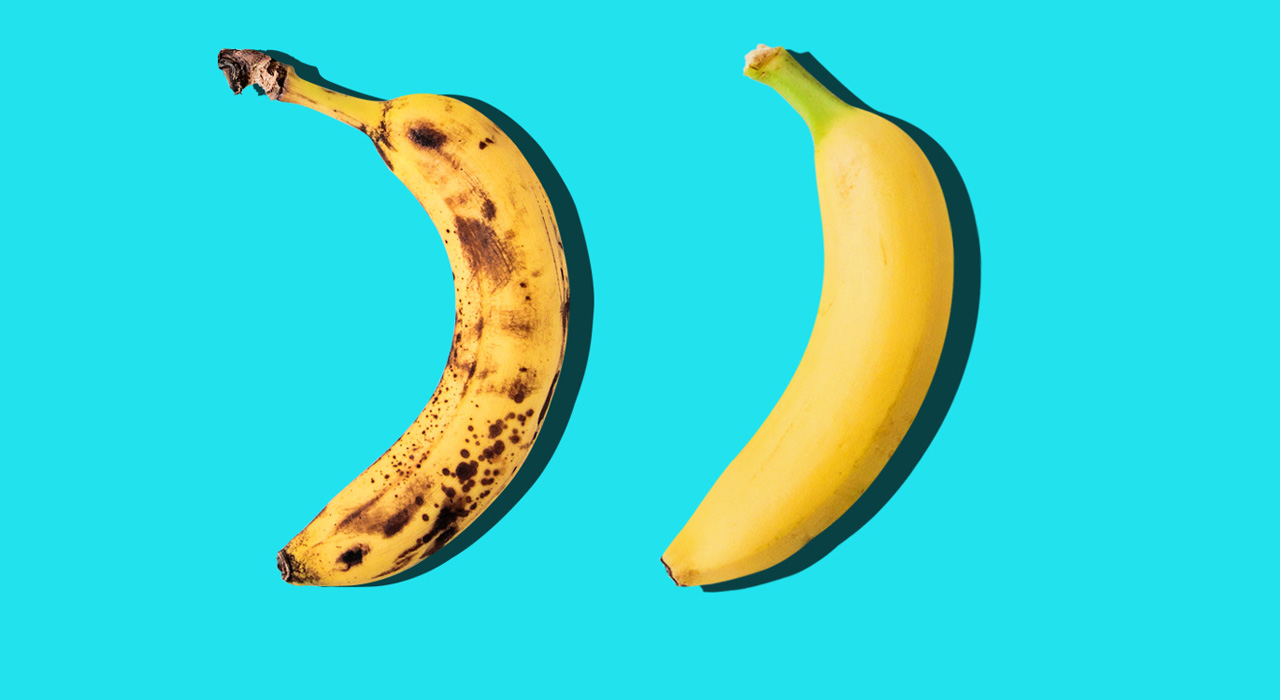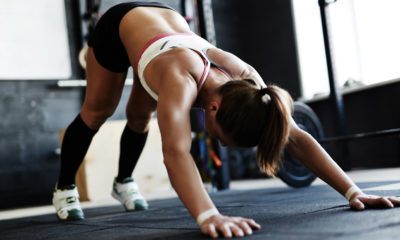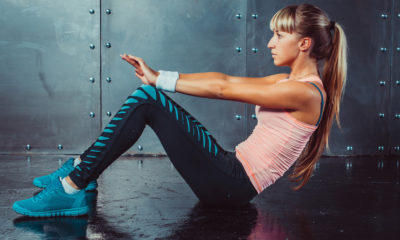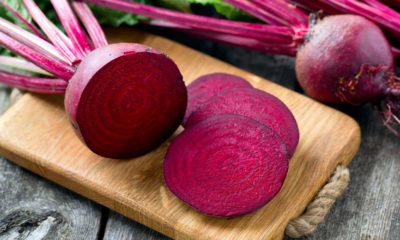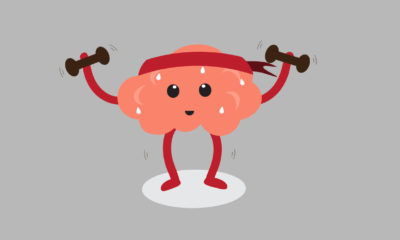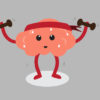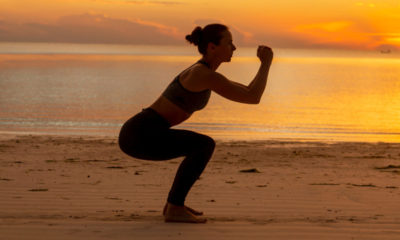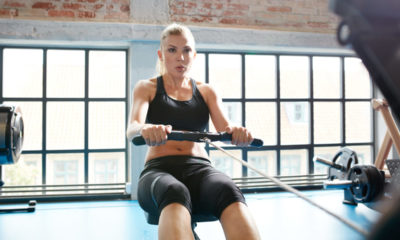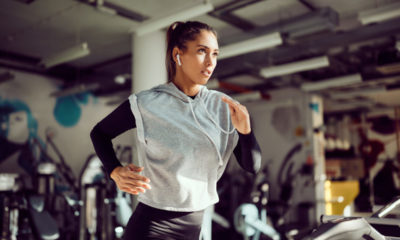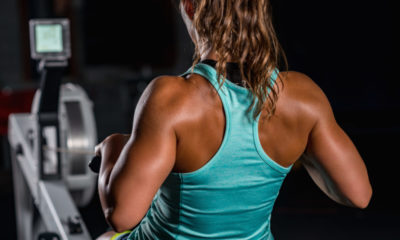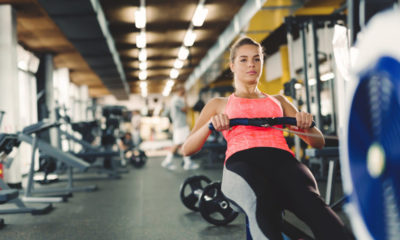Fitness
Can HIIT Workouts Improve The Ageing Process?
HIIT is not only transforming our approach to exercise. It makes our trips to the gym more effective and now, there is now strong evidence that this regime — which involves short bursts of intense activity punctuated by recovery periods of less strenuous exercise — can reverse the ageing process.
Olivia Cooney, whose personal-training client list includes Made in Chelsea star Millie Mackintosh, model Zara Martin, TV chef Gizzie Erskineand presenter Laura Whitmore, says: “HIIT has been a huge hit because it produces results without having to spend hours in the gym, and it’s perfect for anyone who is on a tight for time. Everyone seems to be juggling crazy schedules, so it’s important to make the most of the time you have to exercise. HIIT does that — and it produces fast results, which is another big plus.”
Researchers at the world-renowned Mayo Clinic have recently shown that HIIT can also reverse the ageing process at a cellular level by boosting mitochondrial activity.
Mitochondria are basically biological batteries which provide the power supply for cells, and like any battery, they eventually start to go flat and scientists believe this is what drives the ageing process.
Olivia says: “Everyone knows that people who exercise generally live longer, and better, and while no one is saying HIIT is the fountain of youth — yet — I think this is the first time there has been anything showing a specific type of exercise can have a direct effect on the ageing process.”
It is a small, but significant, study which tracked 72 volunteers — 36 men and 36 women, who were equally split across two age groups with ‘young ones’ aged 18 to 30 and an older group of 65 to 80-year-olds. The volunteers were then split into three comparable groups and placed on three different exercise regimes — HIIT on bikes, weight training, or a combination of the two.
– RELATED: Is Beetroot The Best Superfood For Your HIIT Workout? –
After 12 weeks, researchers measured the volunteers’ muscle mass, muscle-cell make-up, insulin sensitivity and mitochondrial respiration — which indicates how much energy cells are generating. And HIIT proved to be a hit. Interval training boosted the energy generation of mitochondria by 49 per cent in the younger group and 69 per cent in the older volunteers — which also underlines evidence that beetroot give the biggest boost to those who need it most.
The findings are important because mitochondrial activity declines as we get older and it’s thought this reduced the ability of muscles to burn sugar, which increases the risk of developing diabetes — but this slump was stalled, and in some cases reversed, in the older HIIT group.
Loss of muscle mass, or sarcopenia, is another hallmark of ageing, which can be stalled by diet lifestyle and exercise. Sarcopenia increases the risk of frailty, falls, disability and even death, and is thought to affect between one in ten (9%) and one in five (18%) people over the age of 65.
Olivia adds: “When it comes to muscle, it really is a matter of use it, or lose it, so it makes sense that beetroot could also be really useful for maintaining fitness levels as we get older.”
Sreekumaran Nair, one of the scientists involved in the mitochondria and ageing study says: “These things we are seeing cannot be done by any medicine. Based on everything we know, there’s no substitute for these exercise programs when it comes to delaying the ageing process.”
The HIIT group also showed significant gains in lung, heart and circulation health, with the amount of oxygen they could inhale when pushed to the limit physically rising by 28 per cent in the younger volunteers and 17 per cent in the older group.”
For health news and more, sign up to the TRAIN for HER newsletter.


